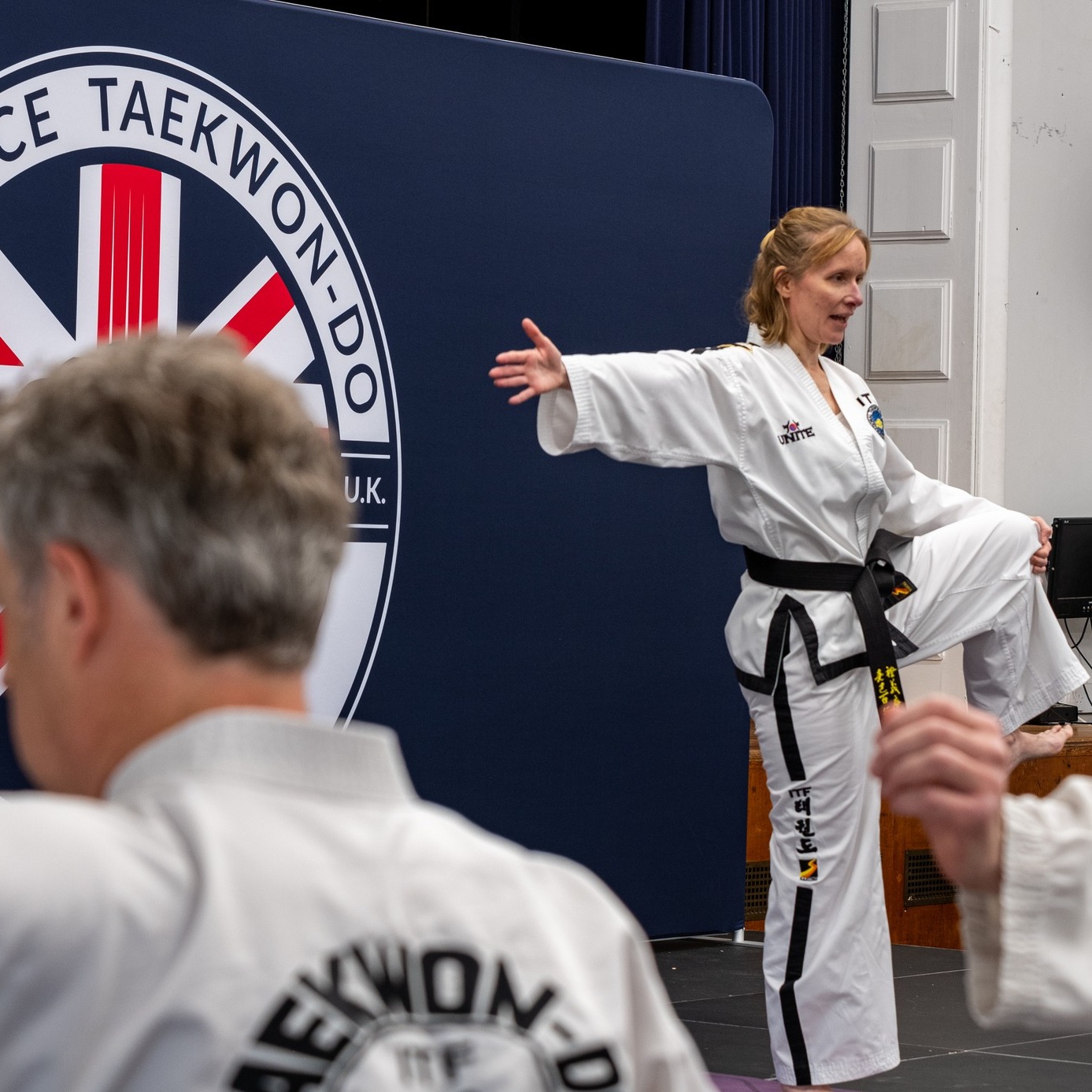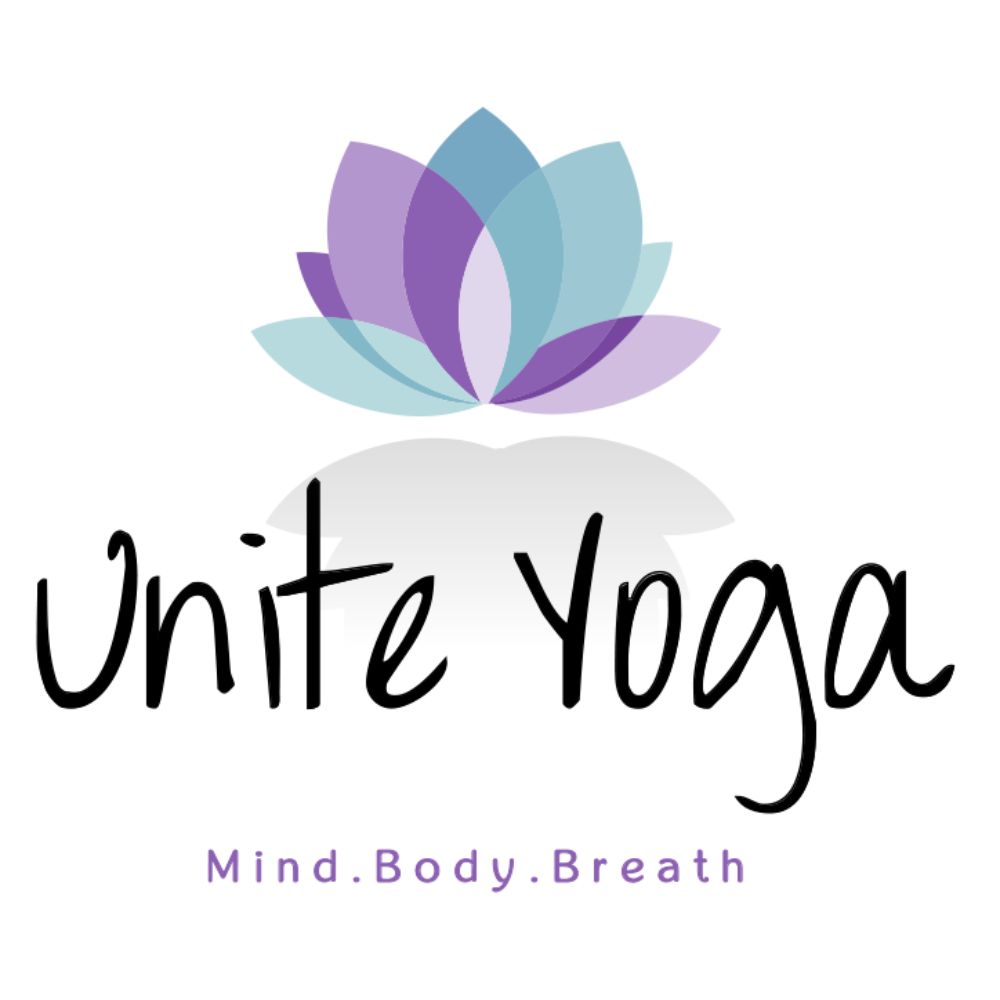Unite Yoga Blog
I like writing and I like yoga. Here are some of my thoughts..
How to motivate yourself to go to yoga
I totally get it. You get home from work. It’s dark and cold and you feel like putting your pyjamas on and getting cosy on the sofa. You do not feel like going out again, even though yoga always makes you feel better.
Here are some top tips for getting to class over the autumn and winter when it’s cold and dark out:
1- Book the whole term, rather than PAYG classes. This is particularly important if you know you will only be missing one or two classes. Not only does it cost less per class than single classes, it is more of an incentive to leave the house and go to class. After all, you’ve already paid for the class and it would be a waste of money not to go. Also, if you really have to miss one or two classes, you will get a recorded class sent over to you to do instead. You can do this in your own time, more than once, if you like.
2. In the morning, lay out your clothes and mat ready to go. Choose layers so that you will be warm enough. Pick bright colours and lovely textures so that putting the clothes on feels like a cheery little treat in itself.
3. Get an accountability buddy to come with you. Sign your friend up for the term as well. Encourage each other, share lifts, message each other prior to class to check in and build the anticipation, talk about the class afterwards and share your wins/ insights.
I promise, making the effort to go out in the dark to a yoga class will make you feel better than sitting on the sofa. And when you do get home, your pyjamas, Bake Off and a hot drink will still be waiting
Yoga for Taekwon-Do
In November, I delivered a yoga session as part of the Alliance Taekwondo-Do UK day.
What has yoga got in common with TKD? A few things, actually.
Firstly, the dynamic kicks of Taekwon-Do require a good degree of flexibility, so the stretching aspect of yoga can be really beneficial to a Taekwon-Do practitioner. I took the participants through a whole range of hip-opening poses, incorporating some balance poses and talking about drishti, the focused gaze and how we use this to help with balancing. It’s a bit trickier in TKD when you’re aiming at a moving target, but the principle is similar- keep the gaze steady.
Secondly, the breath is really important. Asanas (poses) are just 1 aspect of the 8-fold path of yoga. Another of the 8 limbs is Pranayama, which is the use of breath control to increase your vital energy.
In TKD breath control is one of the 6 elements that make up the theory of power. It is a key component in helping you develop your skills as a TKD practitioner, along with reaction force, equilibrium, concentration, mass, and speed.
Exhaling
When we exhale sharply on striking, the abdomen tenses, augmenting the power of a blow directed against an opponent. This also helps condition the body to receive a blow from an opponent.
Inhaling
A slow inhalation helps the preparation of the next movement.
In TKD, Students should practice disguised breathing to conceal any outward signs of fatigue that might embolden an opponent. A slow and steady inhale rather than short, shallow breaths is required. We can also use a long exhale to calm the nervous system. The exhale is linked to the parasympathetic side of the NS, which is responsible for the rest and digest functions of the body, whereas the inhale is linked to the sympathetic side, that responsible for fight/flight/freeze.
In TKD, one breath is required for one movement with the exception of a continuous motion.
Black belts who have learnt the pattern Po Eun will appreciate that developing the ability to control your breath and deliver seven moves in one breath is important!
In yoga, movement is linked to the breath. We inhale when we expand the body and exhale when we contract.
Next, there’s the moral codes. In Yoga these are the Yamas and Niyamas (2 more of the 8 limbs). In Taekwon-Do there’s the Taekwon-Do oath and the 5 tenets: courtesy, integrity, self control, indomitable spirit, and perseverance. In both systems there’s an expectation that you will develop your character and foster positive interactions with those around you.
Lastly, there’s meditation. I think this one probably comes down to the Instructor and whether this element of training is incorporated into a training programme.
In the ITF instructor handbook (p39) it states that meditation is ‘to look back upon the training for one minute sitting cross legged’. It seems that meditation as it is described here is unlike the meditation that I have encountered in Yoga, rather it is a reflection on what has already happened. However, a quick search online of the words ‘Taekwon-Do and meditation’ reveal that there are instructors out there using a more formal style of meditation to achieve mushin or ‘no mind’.
In Yoga the last 3 limbs of yoga relate to meditation:
Dharana-The practice of developing concentration and mental focus
Dhyana-The practice of cultivating a state of meditation
Samadhi-The state of bliss or enlightenment
The 8 limbs are a progressive system of developing the ability to move into a meditative state. Through the Yamas and Niyamas we foster better relationships with ourselves and those around us, through Asanas (poses) and Pranayama we can quieten the mind and work with our Prana, our vital life force energy. Through Pratyahara we withdraw the senses so that there are less distractions and then through Dharana we can develop our single-pointed focus so that we can reach a state of meditation. Arising from a state of mediation we might reach a point of equanimity and contentment, which may be fleeting.
Looking back at my very crude description of the 8 limbs, there appear to be quite a few ways that Taekwondo-Do and Yoga overlap. The concentration and single-pointed focus needed to move through Tuls/ patterns of varying length with good breath control and timing can certainly lead to a flow state, where we are completely absorbed in the moment and the movement. In addition, longer meditations might allow the practitioner to develop a calm mind so that they are able to react to an opponent easily.
So, that’s my brief summary of how Yoga and Taekwondo-Do share some characteristics. Of course, there are many, many ways that they differ too, but I think that to incorporate both into a training routine can benefit both body and mind.

